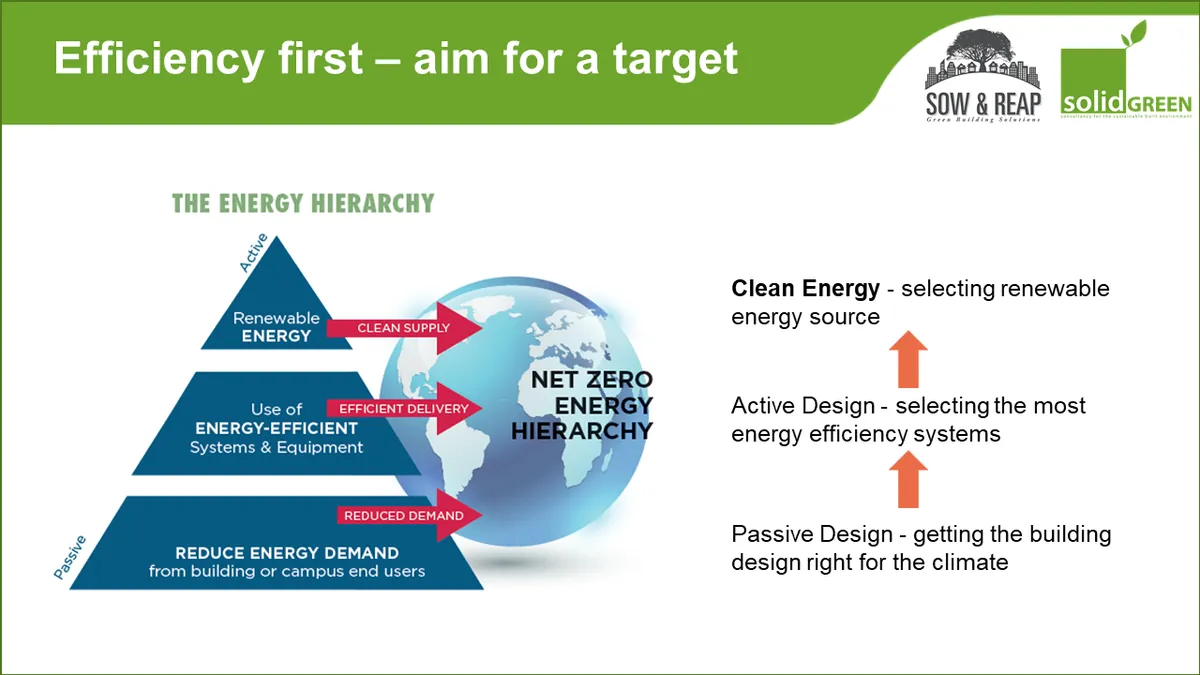Study Reveals Pricing Key to Effective Climate Policies
Research analyzing 1,500 climate policies finds only 63 significantly reduced emissions. Pricing mechanisms, combined with other strategies, prove most effective in curbing carbon pollution.

A comprehensive study published today in the journal Science has shed light on the effectiveness of various climate change policies implemented globally. Researchers examined 1,500 approaches to reducing greenhouse gas emissions across 41 countries from 1998 to 2022, identifying only 63 instances of significant carbon pollution reduction.
The study, conducted by researchers at the Potsdam Institute for Climate Impact Research in Germany, reveals that pricing mechanisms are crucial for successful emission reduction strategies. Nicolas Koch, a climate economist and co-author of the study, emphasized that combining pricing instruments like carbon taxes with other policies yields substantial emissions reductions.
"The key ingredient if you want to reduce emissions is that you have pricing in the policy mix. If subsidies and regulations come alone or in a mix with each other, you won't see major emission reductions. But when price instruments come in the mix like a carbon energy tax then they will deliver those substantial emissions reductions."
The research highlights success stories from various countries. The United Kingdom's electricity sector saw nearly a 50% reduction in emissions through a combination of 11 different policies, including coal phaseout and emission trading schemes. South Africa's building sector achieved a remarkable 54% emission cut through a mix of regulations, subsidies, and appliance labeling.

In the United States, the transportation sector experienced an 8% emission reduction between 2005 and 2011, attributed to a combination of fuel standards and subsidies. However, the study notes that successful policies have had a limited impact on global emissions, reducing only 600 million to 1.8 billion metric tons of carbon dioxide.
The researchers employed a "reverse causal approach," using machine learning techniques to identify emission drops of 5% or more in different economic sectors and determine their causes. This methodology allows for transparency and reproducibility, with an interactive website available for users to explore the data.
Rob Jackson, a Stanford University climate scientist, commented on the findings, stating, "We won't crack the climate problem in wealthier nations until the polluter pays. Other policies help, but nibble around the edges."
The study's results underscore the need for more aggressive and comprehensive climate action. If all major countries implemented the most effective policies identified in the research, it would only reduce the United Nations' "emissions gap" by about 26%.
Niklas Hohne from the New Climate Institute emphasized the urgency of the situation, calling for a "step change" and a move into "emergency mode" to address the climate crisis effectively.
As the world continues to grapple with rising carbon dioxide emissions, this research provides valuable insights for policymakers and climate advocates. The study's findings suggest that a combination of pricing mechanisms, regulations, and subsidies may be the most effective approach to combating climate change and achieving meaningful reductions in greenhouse gas emissions.


































